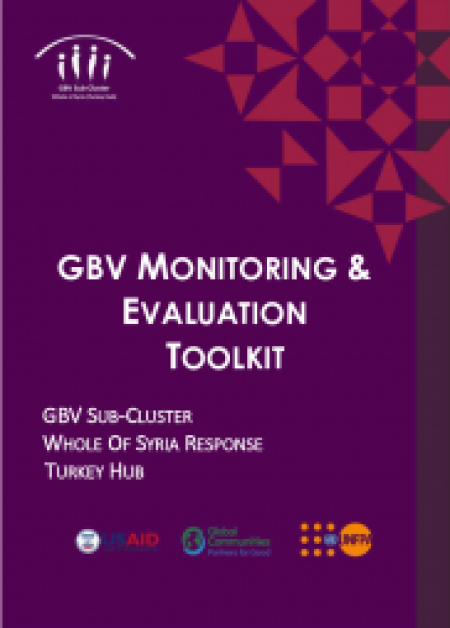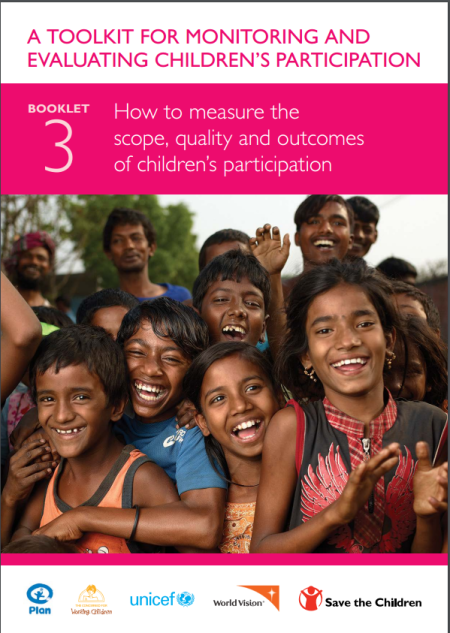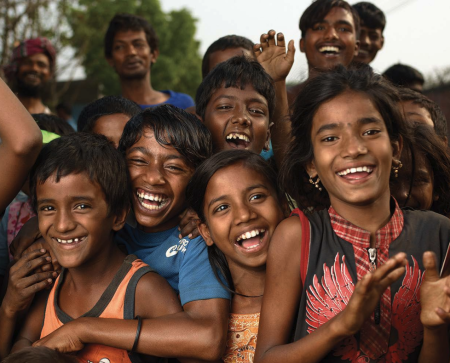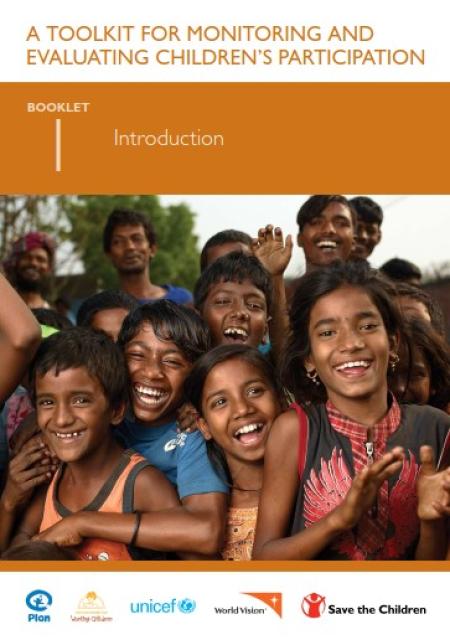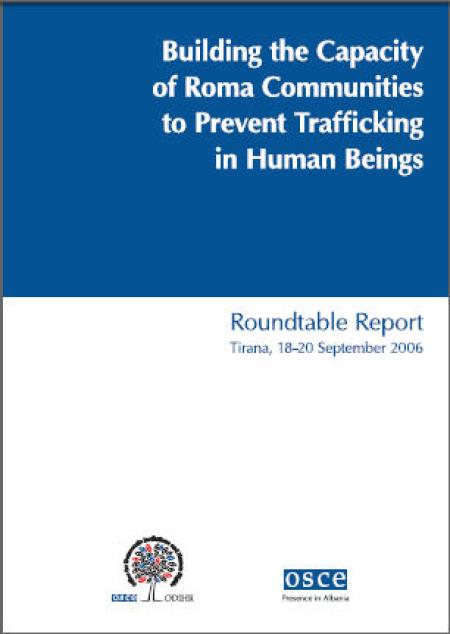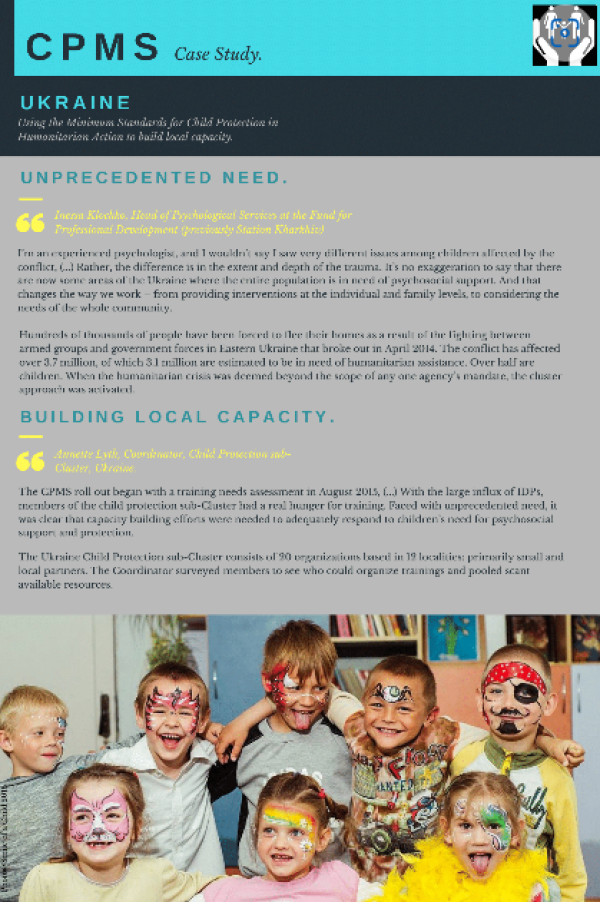
Few doubt the importance of capacity building in the modern era, and few would deny that effective monitoring and evaluation (M&E) is needed to support this work. Nevertheless, the monitoring and evaluation of capacity building is as much a challenge now as it was two decades ago. This paper examines both theory and current practice, and discusses some of the key barriers to progress.
The paper is primarily concerned with capacity building within civil society organisations (CSOs), although many of the lessons apply equally to organisations in the commercial or state sectors. It is based on a literature review and interviews with a range of capacity building providers based in the North and South. The research did not include interviews with organisations that are primarily recipients of capacity building support.1
The paper begins by looking at some key concepts in both capacity building and M&E. It examines different ways of thinking about M&E, and describes a variety of different tools and approaches used to plan, monitor and evaluate capacity building work. It goes on to discuss M&E in relation to donors and provides an outline of current practice, based on the interviews. Finally, it highlights key areas for further discussion, and presents some conclusions based on the research.
The main findings of the research are that where organisations are clear about what they want to achieve through improved capacity (or capacity building) and where there is a clear understanding of the purpose of M&E, it is not difficult to come up with a sensible blend of tools, methodologies and approaches that can meet the needs of different stakeholders. But if capacity building providers lack an adequate theory of change; if they do not know what results they want to achieve; or if M&E work is burdened by uncertain, conflicting or unrealistic demands, then the whole area can appear to be a minefield.
The paper concludes by presenting some practical guidelines that might help those wishing to develop or improve M&E processes, whether for learning or accountability purposes. It also highlights the importance of internal commitment to M&E at senior levels within capacity building providers. Finally, it asks whether we need to improve the incentives for those organisations that seriously wish to move the debate forwards.






